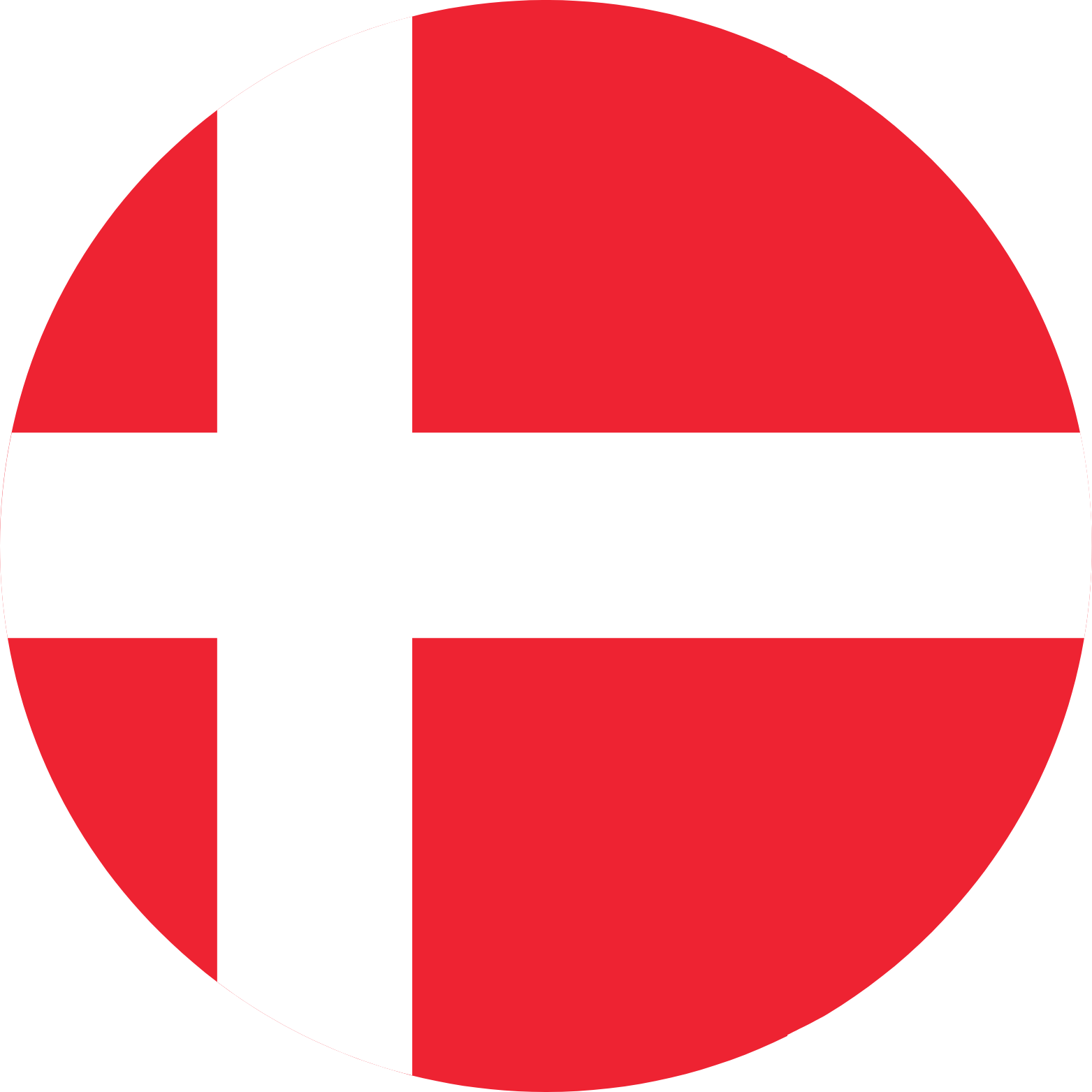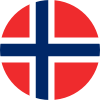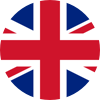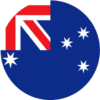During 2017 physiotherapist Per Øllgaard systematically collected data on the condition of children showing symptoms of Severs disease.
Results
– The children were affected with heel pain and inactivity for more than 10 months on average
– Nearly 80% of the children dropped out of sport fully or partially
– More than 90% of children had no effect from conventional treatment (heel cup, rest, exercises, sports tape and other orthotics)
Information and custom-made insoles
Information about the physiology and a custom-made insole (to suspend the heel and relieve the pressure on the heel bone), helped most of children in this study to continue their sport and avoid ceasing their activities.
Perspectives
Sever’s disease will not return once a child is fully grown and the growth plate in the heel has matured into solid bone.
From a health perspective, however, it is critical that children with Severs disease are not prevented from being active during these formative years. Inactivity can have negative psychological and physical consequences for these children. As a result, potentially leading to inactivity, demotivation and drop-out from sports.
Methods
492 children with heel pain in the growth plate area were examined and diagnosed. 469 were included in the study and received the intervention.
Baseline information was collected by the physiotherapist and information was given on the cause of the condition, treatment and prospects. As a follow up, the parents were asked to provide their qualitatively assessment of the effect the intervention – three weeks after it had been given.
Contact info
Øllgaard, P., BA in Physiotherapy, Sports and Exercise Physiotherapist, Viborg
T: 0045 2460 6766 M: info@solemaids.dk
Folmann, B., Associate professor, PhD, University College South Denmark
T: 0045 2871 2248 M: birgitte@folmann.com








 Facebook
Facebook  Instagram
Instagram  Youtube
Youtube  LinkedIn
LinkedIn